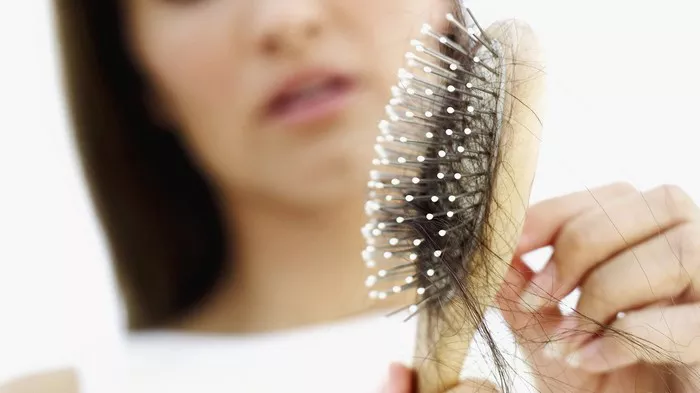The journey of motherhood is a transformative experience, marked by numerous physical and emotional changes. One common concern for many new mothers is postpartum hair loss. Understanding when this phenomenon begins and when it typically resolves can help mothers navigate this aspect of the postpartum period with greater ease.
What Causes Postpartum Hair Loss?
Before diving into the timeline, it’s essential to understand the root cause of postpartum hair loss. During pregnancy, elevated hormone levels, particularly estrogen, contribute to a reduction in hair shedding. This often leads to thicker, more lustrous hair for expectant mothers. However, once the baby is born, hormone levels drop significantly, and the hair that was retained during pregnancy begins to shed.
This shedding is a natural and temporary phase known as telogen effluvium. It is not a cause for alarm but rather a physiological response to the hormonal fluctuations that accompany childbirth. The shedding typically affects a significant number of women, and the severity can vary from subtle thinning to more noticeable hair loss.
See Also: The Best Medicines for Alopecia Areata: A Full Guide
When Does Postpartum Hair Loss Begin?
Postpartum hair loss doesn’t kick in immediately after childbirth. In fact, it often starts around three to four months postpartum. This delay is due to the natural hair growth cycle, with the effects of elevated hormones during pregnancy lingering for some time.
Around the three to four-month mark, as hormone levels stabilize, the hair follicles move into the shedding phase. This is when many women notice an increase in hair fall. It’s important to note that not every woman experiences postpartum hair loss, and the degree of shedding can vary widely.
The Peak of Postpartum Hair Loss
The peak of postpartum hair loss typically occurs around six months postpartum. This is when many women observe the most significant shedding. It’s essential to remember that this shedding is temporary, and the hair loss is usually not permanent. The hair follicles are merely cycling through the natural growth and shedding phases.
How Long Does Postpartum Hair Loss Last?
The duration of postpartum hair loss varies from woman to woman. For most, the shedding begins to subside around the six-month mark, and by the time the baby is around one year old, many women notice a gradual return to normal hair density.
By the end of the first year postpartum, the vast majority of women see a significant improvement in their hair volume and texture. However, it’s crucial to recognize that individual experiences may differ, and some women may continue to experience mild shedding for a longer period.
Managing Postpartum Hair Loss
While postpartum hair loss is a natural and temporary phase, there are ways to manage and minimize its impact on your daily life. Here are some tips for navigating this phase with grace:
1. Nutritional Support: Ensure you are getting adequate nutrition, including vitamins and minerals essential for hair health, such as biotin, zinc, and iron. A well-balanced diet can support overall hair growth.
2. Gentle Hair Care: Be extra gentle with your hair during this period. Use a wide-tooth comb to detangle wet hair, avoid tight hairstyles that can pull on the hair, and minimize the use of heated styling tools.
3. Consider a New Hairstyle: Embrace the opportunity to try a new hairstyle that adds volume or complements your changing hair texture. A skilled hairstylist can offer suggestions that enhance your confidence during this transition.
4. Patience and Self-Care: Understand that postpartum hair loss is a temporary phase. Practicing patience and incorporating self-care into your routine can help manage stress, which may contribute to hair health.
Seeking Professional Advice
If you find that your hair loss is causing significant distress or if it persists beyond the typical postpartum period, it’s advisable to consult with a healthcare professional or a dermatologist. They can assess your individual situation, rule out any underlying health issues, and provide guidance on potential interventions.
In conclusion
Postpartum hair loss is a common and temporary aspect of the postpartum experience. Knowing when it typically begins, peaks, and starts to resolve can help new mothers navigate this phase with confidence and assurance that their hair will likely return to its pre-pregnancy state with time. Embracing the changes and focusing on self-care during this period can contribute to a positive postpartum experience.


